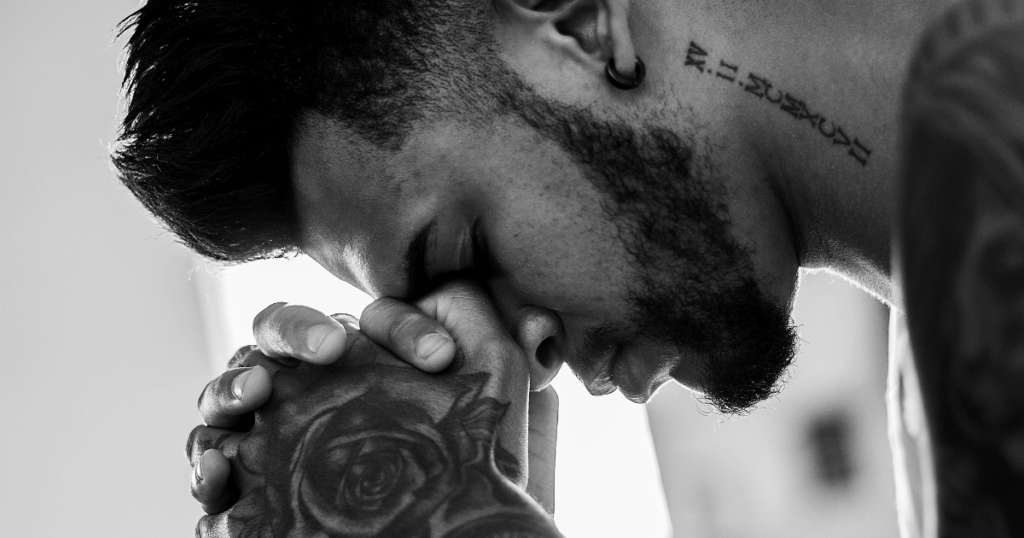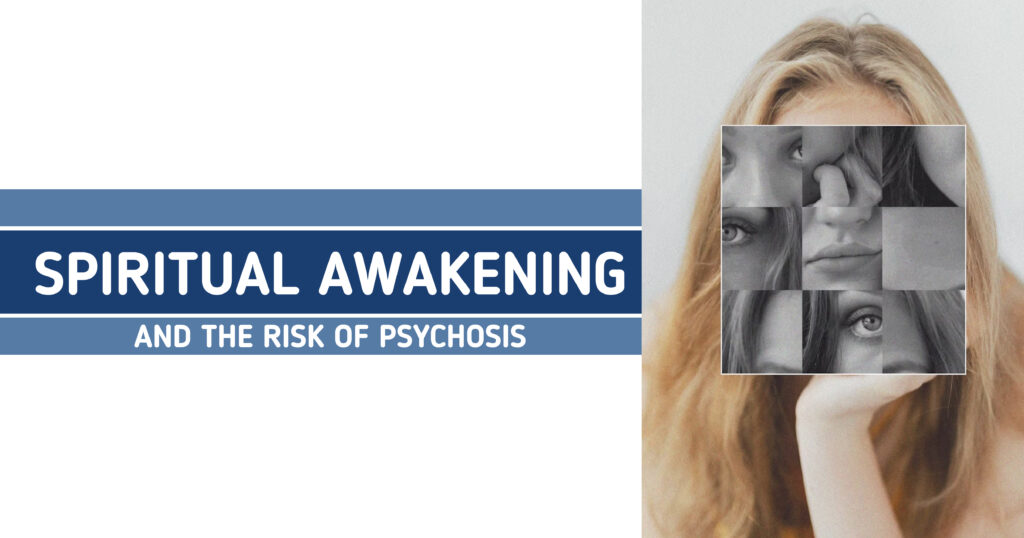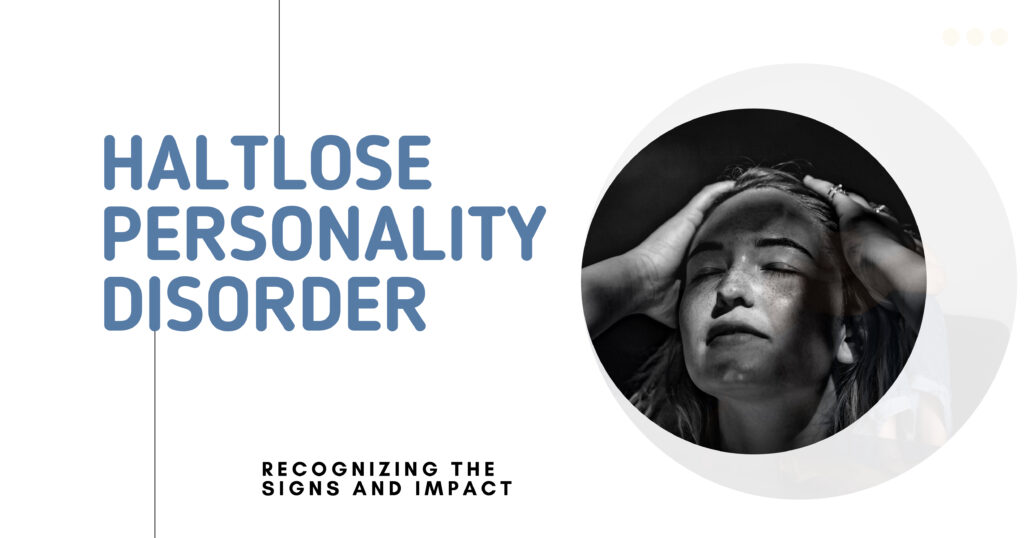Two disorders, both dramatic – but worlds apart in motivation and impact. Histrionic personality disorder vs BPD reveals distinct patterns of emotional dysregulation, attention seeking, impulsivity, unstable relationships, identity disturbance, fear of abandonment, dramatic behavior, and mood swings. This blog untangles the threads to guide understanding, diagnosis, and treatment.
Core Differences: Motivation and Inner Experience
Histrionic Personality Disorder (HPD) and Borderline Personality Disorder (BPD) share surface drama but diverge deeply:
- HPD: External validation drives behavior – “Notice me!”
- BPD: Terror of abandonment fuels chaos – “Don’t leave me!”
- HPD: Identity through roles, charm – “I’m the star.”
- BPD: Identity as void, fragmentation – “Who am I?”
- HPD: Emotions shallow, rapid shift for effect.
- BPD: Emotions deep, prolonged, overwhelming.
The table contrasts core drivers:
| Aspect | HPD | BPD | Key Distinction |
| Primary Fear | Being ignored | Being abandoned | Attention vs. attachment |
| Self-Concept | Fluid roles, performative | Empty, unstable | Superficial vs. fragmented |
| Emotional Depth | Theatrical, brief | Intense, enduring | Performance vs. pain |
| Relationship Goal | Admiration | Intimacy, fusion | Spotlight vs. merger |
| Recovery Focus | Authenticity | Identity integration | External vs. internal work |
San Diego Mental Health
Emotional Dysregulation: Drama vs. Desperation
Both experience mood swings, but the quality differs:
- HPD: Emotions as costume changes – laughter to tears for effect.
- BPD: Emotions as tidal waves – rage to despair, hours to days.
- HPD: Triggered by lack of attention.
- BPD: Triggered by perceived rejection.
- HPD: Recovery is quick once the spotlight returns.
- BPD: Recovery requires co-regulation, validation.
The table shows dysregulation patterns:
| Trigger | HPD Response | BPD Response | Duration |
| Social slight | Exaggerated tears, scene | Silent treatment, self-harm | Minutes vs. days |
| Praise withdrawal | Flirt with others | Paranoid accusations | Brief vs. prolonged |
| Relationship end | New admirer instantly | Suicidal gestures | Hours vs. weeks |
Attention-Seeking Behavior: Spotlight vs. Survival
Attention-seeking serves different gods:
- HPD: Seductive, theatrical – “Watch my performance!”
- BPD: Desperate, self-destructive – “See my pain!”
- HPD: Positive attention preferred.
- BPD: Any attention, even negative.
- HPD: Behavior stops when the audience engages.
- BPD: Behavior escalates until abandonment fear eases.

Impulsivity: Thrill vs. Escape
Impulsive acts reveal intent:
- HPD: Impulse for excitement – spending, sex, drama.
- BPD: Impulse to regulate emotion – cutting, bingeing, threats.
- HPD: Regret minimal, “worth the story.”
- BPD: Regret intense, shame spiral.
- HPD: Planned spontaneity – audience in mind.
- BPD: Reactive – split-second decisions.
The table compares impulsivity types:
| Impulsive Act | HPD Motivation | BPD Motivation | Aftermath |
| Overspending | “I deserve this glamor.” | “Fill the void now.” | Buyer’s remorse vs. guilt |
| Sexual encounter | “They’ll adore me” | “Prove I’m lovable” | Bragging vs. shame |
| Public outburst | “Center of attention” | “Don’t ignore my pain” | Laughs it off vs. a suicide attempt |
Unstable Relationships: Performance vs. Panic
Relationship patterns diverge:
- HPD: Many shallow connections, serial dating.
- BPD: Few intense bonds, love/hate cycles.
- HPD: Leave when bored or upstaged.
- BPD: Leave to prevent being left.
- HPD: Idealize for admiration.
- BPD: Idealize to merge identities.
The Mayo Clinic BPD vs. HPD comparison details dynamics.
San Diego Mental Health
Identity Disturbance: Roles vs. Void
Self-concept chaos:
- HPD: Identity through external roles – actor, seductress.
- BPD: Identity as an empty shell, chameleon to please.
- HPD: “Who do you want me to be?”
- BPD: “I don’t know who I am.”
- HPD: Change for audience approval.
- BPD: Change to avoid abandonment.
Fear of Abandonment: Spotlight vs. Survival
Abandonment terror manifests:
- HPD: Fear of being forgotten – dramatic exits.
- BPD: Fear of being alone – frantic clinging.
- HPD: Prevent with charm, new admirers.
- BPD: Prevent with control, threats.
- HPD: Abandonment = social death.
- BPD: Abandonment = existential death.
Therapy Approaches: Tailored Healing
Treatment matches motivation:
- HPD: CBT for authenticity, social skills training.
- BPD: DBT for emotion regulation, schema therapy.
- Both: Group therapy – HPD learns depth, BPD learns boundaries.
- Medication: SSRIs for mood, no cure for personality.
- Family work: Educate, set limits.
The table shows therapy focus:
| Disorder | Primary Therapy | Core Skill | Success Rate |
| HPD | CBT, psychodynamic | Genuine relating | 50-60% |
| BPD | DBT, MBT | Distress tolerance | 70-80% |
Daily Management Strategies
Practical tools:
- Mood tracking: Apps reveal patterns.
- Boundary scripts: “I need space” without drama.
- Delay impulse: 10-minute rule before acting.
- Support network: Therapy + peer groups.
- Self-compassion: Counter shame spirals.
Consistency builds new neural pathways.
San Diego Mental Health: Your Compass Through Emotional Storms
When personality patterns tangle relationships, expert guidance unties knots. At San Diego Mental Health, we decode histrionic personality disorder vs BPD with targeted therapy for emotional dysregulation, attention seeking, and unstable relationships. From impulsivity management to fear of abandonment healing, we’re your partner. Contact San Diego Mental Health today to learn more or schedule your path to balance. Your authentic self awaits.

San Diego Mental Health
FAQs
What is the difference between emotional dysregulation in histrionic personality disorder and borderline personality disorder?
Histrionic emotional dysregulation is theatrical and brief – shifting for attention – while BPD’s is intense, prolonged, and tied to abandonment fear. HPD emotions serve external validation; BPD emotions reflect internal chaos. Therapy addresses HPD with authenticity training, BPD with DBT skills.
How do attention-seeking behaviors manifest in individuals with histrionic personality disorder versus borderline personality disorder?
Histrionic attention-seeking is seductive and performative – flirting, dramatic stories – while BPD’s is desperate and self-destructive – threats, crises – to prevent abandonment. HPD seeks admiration; BPD seeks any connection. Both exhaust relationships but require different boundary approaches.
What role does impulsivity play in the emotional challenges faced by those with histrionic personality disorder compared to borderline personality disorder?
Histrionic impulsivity seeks excitement and social reward – spending, sexual encounters – while BPD impulsivity escapes overwhelming emotion – self-harm, substance use. HPD regrets socially; BPD regrets existentially. Both benefit from delay techniques, but BPD needs stronger distress tolerance.
How do identity disturbance and unstable relationships differ between histrionic personality disorder and borderline personality disorder?
Histrionic identity shifts roles for approval – actor, victim – while BPD identity feels empty, adopting others’ traits to fill the void. HPD relationships are shallow and numerous; BPDs are intense and volatile. HPD leaves when bored, BPD when fearing abandonment.
What are the common consequences of fear of abandonment in individuals with histrionic personality disorder versus borderline personality disorder?
Histrionic fear leads to dramatic exits and quick replacements to avoid being forgotten, while BPD fear triggers frantic clinging, accusations, or self-harm to prevent leaving. Both damage trust – HPD through superficiality, BPD through intensity. Therapy rebuilds secure attachment patterns.







